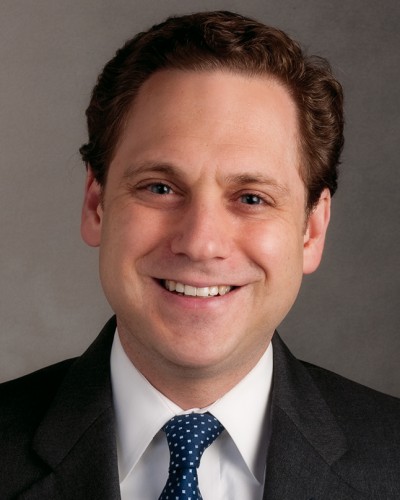
In 2005, Professor James Oleske and his family moved to Oregon for what they thought was the last time. He had been working in Washington D.C. as counsel to the Senate Democratic leader. In 2008, Oleske got a call. Barack Obama had been elected president, and Oleske had been called upon to help staff the Legislative Affairs Office. He accepted.
In the interim, he worked in the Oregon legislature for then-Senator Kate Brown. Oleske left the Oregon legislature in April 2008 to pursue a book project that never fully came to fruition. It was the fall of 2008 when he got the call.
“The person who I worked for [in D.C.] got hired for then-candidate Barack Obama as Legislative Director. After Obama was elected in 2008, my former colleague was named the Legislative Director when the president took office, so he started staffing up the Legislative Affairs Office and he hired me to work there,” Oleske said.
It was unexpected, but it was an opportunity that could not be passed up. Moving back to D.C. was a big decision, but Oleske didn’t hesitate. Obama played a large role in his decision. Obama was something special.
“It was an unexpected series of events. This was a president for whom I had a level of admiration that went well beyond the level of admiration that I would have for a politician who shared the same ideology. The combination of him becoming president and my former boss becoming the president’s legislative director, that combination was completely unexpected,” Oleske said.
As part of the Obama administration, the Chief of Staff for the Legislative Affairs Office, Oleske was approaching legislation from the Executive Branch for the first two years of Obama’s presidency.
“The office I was working for in the White House was the Legislative Office, and that’s charged with pressing the president’s agenda to Congress and bringing Congress’s concerns back to the White House. So facilitating the relationship between the White House and the legislative branch,” Oleske said.
At this point in time, Democrats controlled Congress and pushed a unified policy agenda: the Affordable Care Act, the Dodd-Frank Bank Reform Act, and the New START treaty that President Obama emphasized.
“Working on and seeing the ACA passed was the most rewarding. A close second was the Recovery Act, the stimulus package. An enormous amount of work from an enormous number of people went into passing those pieces of legislation, and I view both as having done enormous good for the country.”
Across varied political experience, Oleske saw signs of bipartisanship, but less than one might hope for.
“I would say this: in every position I had, Congress, state [legislature], and White House, in all of those positions I saw encouraging signs of bipartisanship in some specific instances. But far less than many of us would like to see. And it seems that we are in a period of worsening,” Oleske said.
“When I worked at the White House, subsequent reporting was done that on the night the president was inaugurated, while the country was unified, his approval was in the high 70s and he was putting together this package designed to bring Republicans on board in terms of the economic recovery package, there was leadership of the Republican party gathering to agree to oppose everything the president put forward, no matter what.”
It was difficult to see this development as anything other than discouraging.
“I guess my view is a little colored by the fact that I viewed the president as having a very bipartisan approach. I’m sure 98 percent of Republicans would disagree with me, but I viewed him as having some strong relationships with members of the Republican caucus based on his time in the Senate, and some of the people he was closest to in the Senate were Republican, and when he developed his priorities, whether it was the economic Recovery Act or the Affordable Care Act, he looked to incorporate Republican policy ideas. Notwithstanding the fact that those pieces of legislation ran into unanimous or almost unanimous Republican opposition, I viewed his approach as trying to find bipartisan consensus.”
Oleske left before this divide would come to create problems for the legislative agenda of the Obama Administration, after the midterm elections in 2010.
At the end of the legislative session in 2011, Oleske and his wife returned to Oregon. Soon after, he was hired as a Law Professor at Lewis & Clark College.
“There’s a time for hyper partisanship during the campaign but we’ve got to come together and try to be cooperative in governing. I think people think that the time for campaigning has expanded and the time for governing has shrunk.”
Subscribe to the Mossy Log Newsletter
Stay up to date with the goings-on at Lewis & Clark! Get the top stories or your favorite section delivered to your inbox whenever we release a new issue.

Leave a Reply